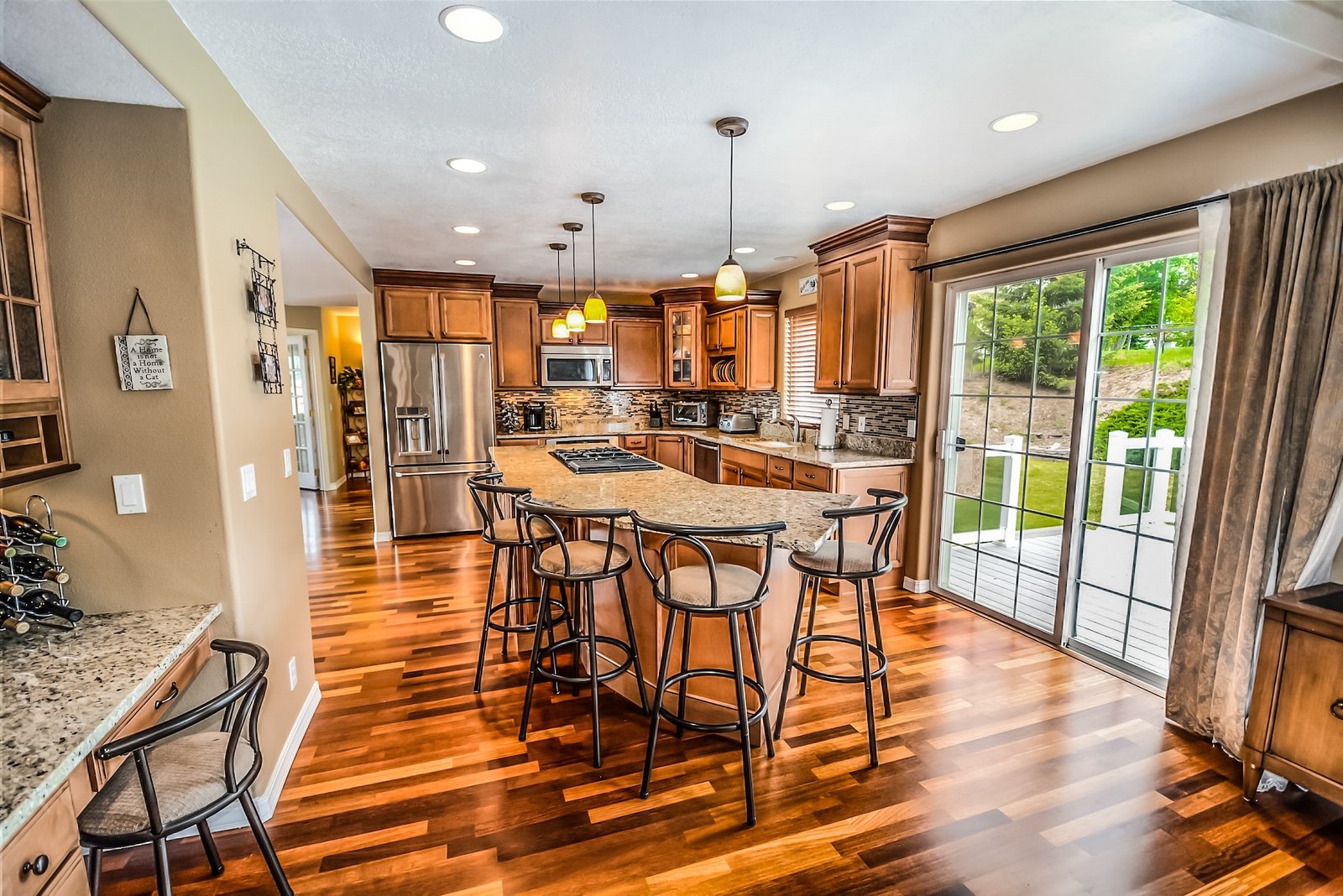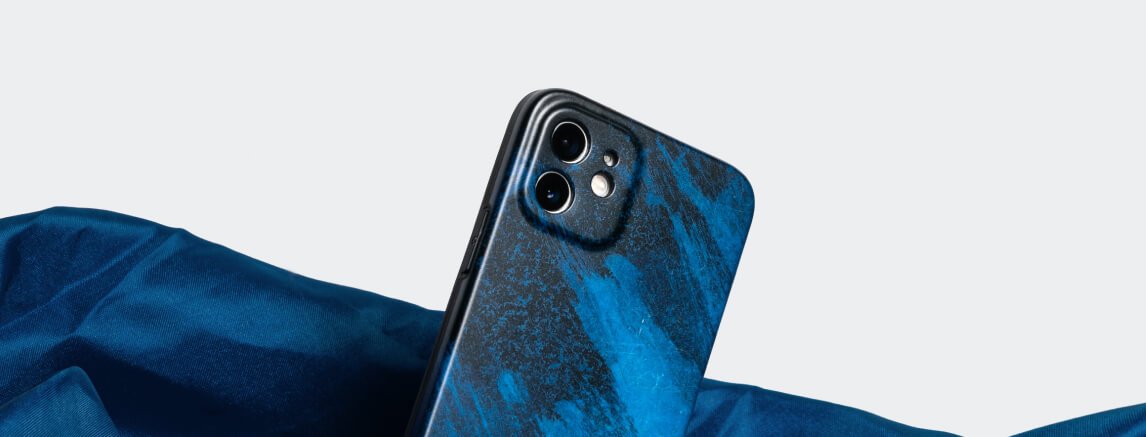How to clean hardwood floors and make them shine

Hardwood floors give a sense of elegance and beauty to your home. They keep your home warm and comfortable all through the year. While you may agree with all of these points, you may also agree that hardwood floors can be a bit challenging to clean. They react to different cleaning materials differently; cleaning them too much might dull their appearance, while not cleaning them frequently might make them susceptible to wear & tear quickly.
If you want to clean your hardwood floors properly and retain the shine in them, keep reading to know about some useful tips that help you in this cause.
- Wiping spills immediately
One of the most common problems you may face with hardwood floors is the watermarks. Once these marks settle in, it gets difficult to clean the floors properly. The first tip to remember while cleaning such floors is to wipe up the spills immediately. This will ensure that there are no difficult-to-remove watermarks on the floors.
- Cleaning the floors daily
More often than not, you may clean your wooden floors once or twice a week, because they don’t seem very dirty to you. This is the most common mistake that many people commit. You lose the sheen and shine in your hardwood floors mostly because of this mistake. When small particles of dust and dirt get accumulated on the floors, it may lead to scratches. This will eventually impact their look, shine & visual appeal. If you have hardwood floors in your home, remember to use a broom, vacuum cleaner, or dust mop to get rid of the dust on the floors every day.
- Use the right mop for cleaning
Many people complain about the loss of shine in their hardwood floors despite using a damp mop every day. However, what they don’t understand is that the water from the damp mop can cause cracks in heavily-sealed wooden floors and damage them easily. For hardwood floors, you should use a damp microfiber mop only if you have many mud stains, dirt marks, or other stains on the floors. If your floors don’t have these stains or marks, it is enough to use damp mops on them just about thrice a year.
However, even when using these damp mops, please remember to use another clean & dry microfiber mop to clean any traces of water or moisture left behind by the damp mops. Instead of using only water to get rid of mud and dirt marks, you can also use a store-bought floor cleaner (one that’s suitable for wooden floors) for cleaning. Mix the water and the cleaner (as per the instructions on the package) and clean the floors thoroughly to get rid of all the marks.
How can you find out if hardwood floors are sealed?
As we told you earlier, you shouldn’t use damp mops regularly even on heavily-sealed hardwood floors. If the floors aren’t sealed, you should never use water (even sparingly) for cleaning them. Here is a simple way to find out if your hardwood floors are sealed or not.
Pour one or two drops of water into the living room or any part of your home. If the floor absorbs the water quickly and leaves water marks, it means that it hasn’t been sealed. In such types of hardwood floors, you should be very careful about not using water for cleaning them. If the water is not absorbed by the floors, it is safe to assume that your floors have been sealed. However, even in this case, it is recommended to use a damp mop on them very sparingly.
Understanding the type of finish on hardwood floors
Knowing what type of finish has been applied to your hardwood floors is very important. This will help you understand how to clean them properly, and how to retain their shine forever. For example, if your floor has an oil finish, you should know better than to apply wax polishes or wax-related products on them for cleaning.
Some of the most common finishes you will find on hardwood floors today are oil, lacquer, varnish, polyurethane and shellac. Here’s how you can identify which of these finishing treatments have been applied to your hardwood floors:
- Dip a cotton swab in acetone, and apply it on your hardwood floors. If the swab turns gluey or sticky, your floors have a shellac or varnish finish. If it has a beady consistency, polyurethane finishing treatment has been applied on your floors. If the reaction on the swab has dissolved completely, your floors have lacquer finishing.
- Dip a cotton swab in a solution of ethanol or denatured alcohol. Apply this on your floors. If the swab shows a late reaction, your floors have a varnish finish, whereas they have a shellac finish if the elements on the swab have dissolved immediately.
- Apply a drop of linseed oil on your hardwood floors. If the oil is absorbed immediately, your floors have been treated with oil finishing. If the oil just beads up on the floors, the finishing treatment could be anything other than oil (varnish, lacquer, shellac, or polyurethane).
- Scratch a tiny, hidden corner of your floors with your fingernail. If you find the scratch mark on the floors, the finishing treatment applied here is wax.
Knowing where you are going wrong when it comes to cleaning hardwood floors
If you want to keep your hardwood floors spotlessly clean and shiny all through the year, you should first know about “what not to do” in this process. What is it that you are doing that has led to the loss of shine on these floors in the first place? Here are some common mistakes that people commit when cleaning their wooden floors:
- Not using a clean & dry mop and not cleaning the dirt thoroughly every day
- Not using the cleaners that are appropriate for the finishing on your hardwood floors; for example, acrylic-based cleaners can turn polyurethane or wax-treated floors turn somewhat patchy
- Not using the right cleaners in the right dosage as per the instructions in the package; too much of chemicals on the floors can damage them forever
- Not using a dry, microfiber mop for buffing after cleaning the floors with a damp mop; will lead to water marks getting accumulated on the floors
- Not refinishing the floors as frequently as is needed; even the most solid and properly-sealed hardwood floors need to be refinished definitely
